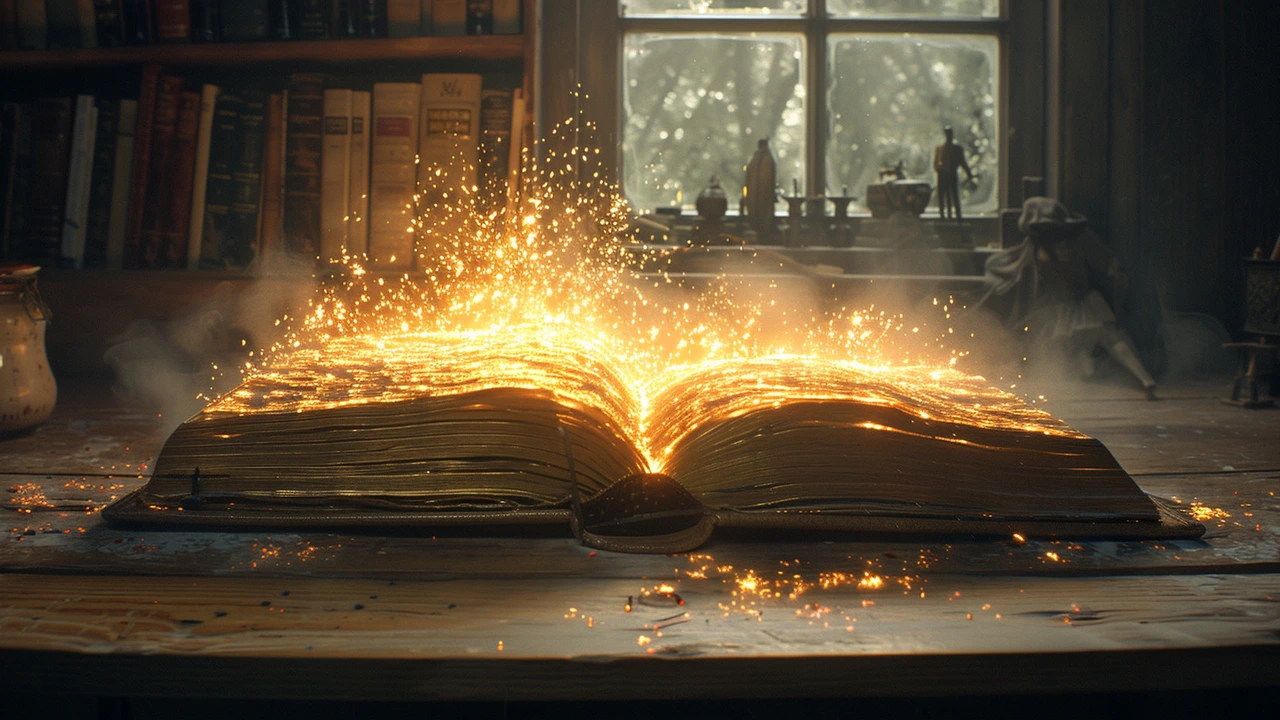Surrealist Art: Dream Logic, Strange Images, Real Impact
Surrealism didn’t just invent weird pictures — it changed how artists think. Born in the 1920s around André Breton’s ideas, surrealism pushes the mind into dreams, chance, and unexpected pairings. The result? Images that feel familiar and utterly off-kilter at the same time.
Want to recognize surrealist work quickly? Look for precise rendering used to show dream scenes, odd scale (giant apples in a bedroom), and strange mixes of objects that don’t belong together. Magritte painted ordinary things with unsettling captions. Dalí used razor-sharp detail to sell impossible landscapes. Those contrasts — real-looking technique showing unreal content — are a tell.
How surrealists worked (and how you can try it)
Surrealist artists used a handful of hands-on tricks you can try right now. Automatic drawing means you let your hand move without planning — you’ll get subconscious shapes and ideas. Collage and photomontage force surprising combos by cutting and recombining images. Techniques like frottage (rubbing textures onto paper), decalcomania (pressing paint between surfaces), and chance operations create accidental forms that spark the mind.
Try a quick exercise: sit for five minutes and write a stream of single words without stopping. Pick three at random and make a collage or a small drawing combining them. No editing. See what odd stories appear.
Practical tips for collectors and lovers
If you want to collect or simply enjoy surrealist work, start with prints and museum reproductions to learn names and styles without a big spend. Check provenance and condition for originals, and use catalogue raisonnés for major artists. Galleries and auction records help set realistic prices. For living artists who use surreal methods today, look at small galleries and online portfolios — many affordable, original pieces come from emerging creators experimenting with dream imagery.
Surrealism still shows up in lots of places beyond painting: installation art, film, literature, graphic design, and home decor. If you enjoy surreal imagery but want it in your space, try small sculptures or framed collages that blend everyday objects with a twist.
On Paul Artistry you’ll find related takes that pair well with surrealism: read our piece on Magical Realism for literary parallels, check Avant-Garde Home Décor for putting bold art in your space, and explore Fluxus or Primitivism to see how other movements broke rules and mixed media. Want to understand form and fragmentation? Our Cubism articles show how breaking objects into parts fed later surreal experiments.
Curious? Browse the tag posts here to jump from history and technique to practical tips and buying advice. Surrealist art rewards close looking — the more you notice odd details, the richer it gets.

